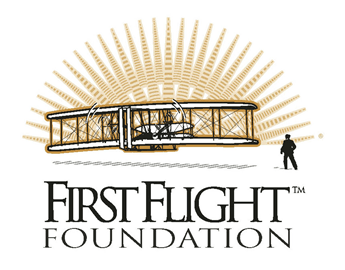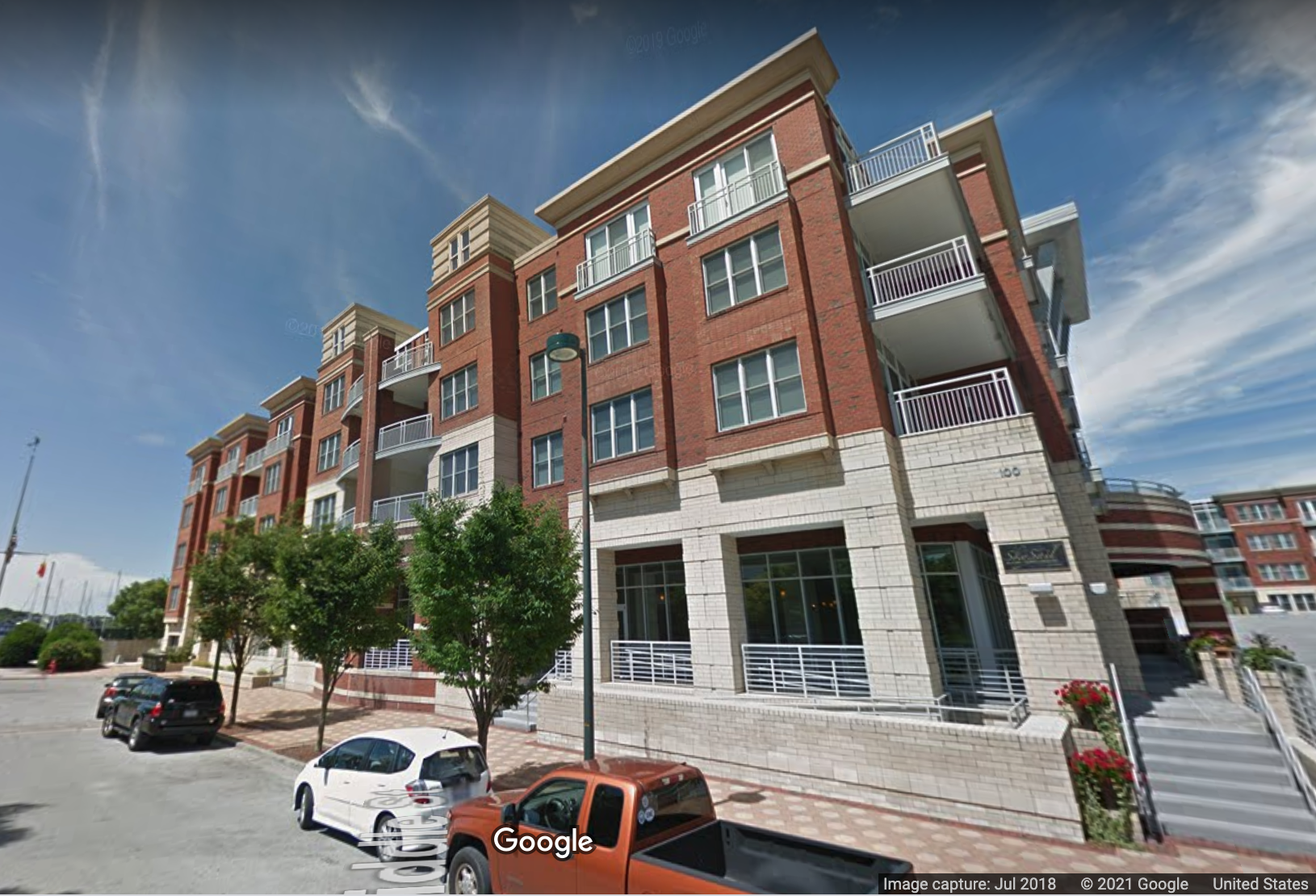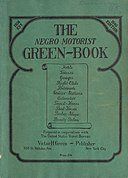Durham: From tobacco to civil rights, a central player in NC history
Durham, North Carolina, is believed to be the site of an ancient Native American village named Adshusheer. But its glory days were in the early 20th Century when it was the most successful African American community in America.
In 1854 Dr. Bartlett Durham sold 4 acres to the North Carolina Railroad Company to build a new station between Hillsborough and Raleigh and before long a small settlement grew there which was to become the city of Durham.
The first tobacco factory was opened in Durham in 1854 by R. F. Morris. Ten years later, In 1865, the armies of Union and Confederate forces gathered around Durham Station as Confederate Gen. Joseph E. Johnston negotiated his surrender to Union Gen. William T. Sherman at Bennett Place at the end of the Civil War.
Union troops liked the taste of the local bright leaf tobacco. This began the growth of Durham's tobacco industry and led the city to prosperity.
By 1880, Durham's population had grown to over 2,000. Textile mills began to grow along the railroad lines and banks and insurance companies soon appeared as money flowed into the community.
Residential neighborhoods grew around these industries as workers filled the town to work for tobacco companies owned by men like Washington Duke. Duke had begun his tobacco empire from a small log cabin on the Duke Homestead where he was producing around 125,000 pounds of smoking tobacco annually.
In April 1874, Duke purchased 2 acres near the railroad where he built a new factory, marking the beginning of a large scale tobacco company which climbed rapidly to the top of the industry. Cigarette making had been by hand, a tedious job done by eastern European immigrants who could roll about 4 a minute. Duke took a chance on a new machine that had been developed in 1880 by 18-year-old James Bonsack that could make around 200 cigarettes an hour (when working properly).
After some adjustments it was a success and Duke and his sons became major players in the world of tobacco. In 1890, they merged with their four largest competitors to form the American Tobacco Company and had a monopoly on tobacco products in the U.S. When this trust was broken up by the U.S. Supreme Court in 1911, four major companies emerged. They were Liggett and Myers, P. Lorillard, R. J. Reynolds, and the American Tobacco Company.
In 1892 Trinity College moved to Durham from Randolph County to land donated by Washington Duke and Julian Carr. Following a $40 million donation by James Buchanan Duke, son of Washington Duke, the college was renamed Duke in 1924.
In 1898 John Merrick founded the North Carolina Mutual Life Insurance Company, the oldest and largest African-American owned life insurance company in America. M&F Bank, founded in 1907 was the strongest African-American owned bank in the US. Both were located in the neighborhood of Parrish Street which soon attracted more African-American owned businesses and was known throughout the country as "Black Wall Street."
In 1910, North Carolina Central University was founded by Dr. James E Shephard as the nation's first publicly supported liberal arts college for African-Americans. Sit-ins were pioneered in Durham. During the civil rights era, the Rev. Martin Luther King, Jr., made five public appearances in Durham. The most dramatic was on February 16, 1960 at the Durham Woolworth's in 1960. The historic lunch counter is on display at North Carolina Central University.
MUSEUM OF LIFE AND SCIENCE
The Museum of Life and Science in Durham’s mission is to create a center of lifelong learning where people from young children to senior citizens embrace science as a way of knowing about themselves, their community and their world. Begun in 1946 as a small children’s nature trail center, the Museum has developed into a leading destination for families, groups, schools, and leisure visitors from across the state and country. Offering one of the largest Museums Butterfly Houses east of the Mississippi, the Museum is located on 70 beautiful acres with 90,000 square feet of indoor exhibit space and several acres of spectacular outdoor features including a farmyard, playground, and wild animal exhibits.
This article is a stub looking for a journalist to sponsor it. For more information about sponsoring this page, click the button below.
Copyright © 2021 New Bern Post LLC, All Rights Reserved.









